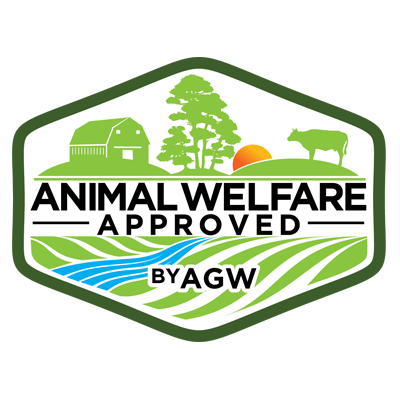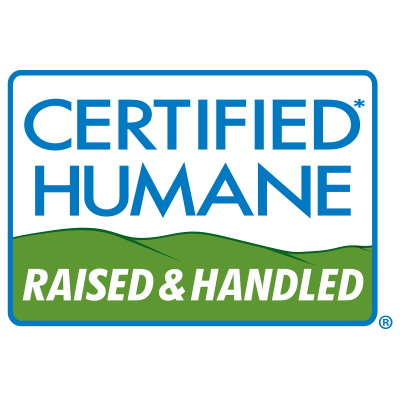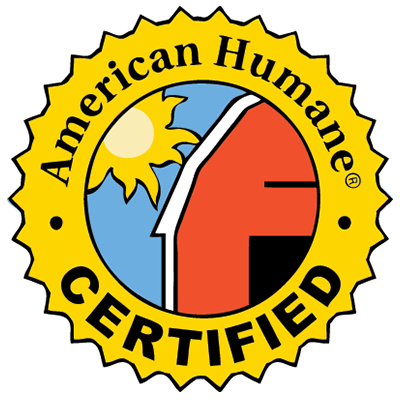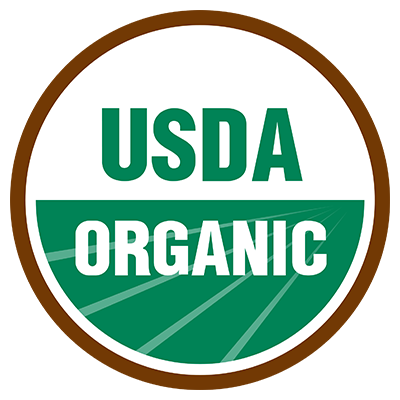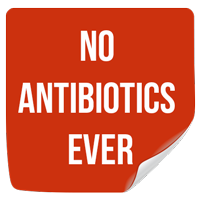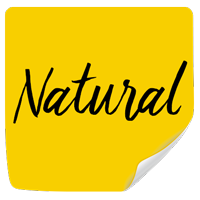Not sure which food labels mean what for turkeys? Use our guide below to learn the meaning behind the labels on your turkey products—and whether they actually impact turkey welfare. Look for the ASPCA recommended labels Animal Welfare Approved, Certified Humane and Global Animal Partnership (Step 2 or higher), and then sign up to join the Shop With Your Heart movement for the latest info on finding these products and making welfare-conscious choices when you shop.
| Animal welfare certifications | Other independent certifications | Industry certification | Other claims | ||||||
|---|---|---|---|---|---|---|---|---|---|
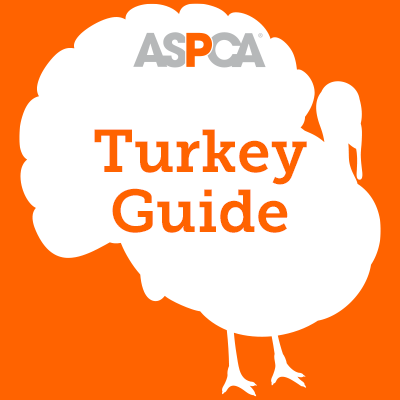
|
|
|
|
|
|
|
|
|
|
|
Meaningful On-Farm Welfare Standards |
Yes |
Yes |
Yes |
No |
No |
No |
No |
No |
No |
|
Adequate Indoor Space Minimums |
5 ft 2 per bird |
7.5 lb/ft 2 (between 2 and 5 ft 2 per bird depending on weight) |
Step 1: 10 lb/ft
2
Step 2: 7.5 lb/ft
2
Step 3: 6.5 lb/ft
2
Step 4-5+: 6 lb/ft
2
|
Must be “able to stand, turn around, and flap their wings” |
None |
None |
None |
None |
None |
|
Environmental Enrichments Required |
Yes, outdoor enrichments on pasture |
Yes, used to “stimulate exploratory, foraging and locomotive behavior” |
Step 1: No Step 2: Yes, ≥ 1 type of indoor enrichment Step 3-4: Yes, ≥ 2 types of indoor enrichment Step 5-5+: Yes, outdoor enrichments on pasture |
No |
No |
No |
No |
No |
No |
|
Outdoor Access Required |
Yes, “continuous daytime ranging and foraging area access” |
Only if free-range** |
Step 1-2: Not required Step 3: Yes, continuous outdoor access during daylight hours Step 4: Yes, continuous pasture access during daylight hours Step 5-5+: Yes, continuous access to pasture |
Only if free-range** |
Yes, but undefined |
No |
Yes, but undefined |
No |
No |
|
Breed Health Requirements |
Must be chosen with consideration of their ability to thrive in pasture-based, free range outdoor systems. Max avg growth rate < 0.19 lb/day for toms and < 0.15 for hens |
“Care must be taken to avoid genetic strains with undesirable traits” |
All steps: Must be chosen for good leg health and for low levels of mortality Steps 1-2: Max avg growth rate < 0.35 lb/day for toms and < 0.213 lb/day for hens Steps 3-4: Max avg growth rate < 0.3 lb/day for toms and < 0.192 lb/day for hens Step 5: Max avg growth rate < 0.215 lb/day for toms and < 0.13 lb/day for hens Step 5+: Max avg growth rate < 0.143 lb/day for toms and < 0.083 lb/day for hens |
None |
None |
None |
None |
None |
None |
|
Natural Light Required |
Yes |
No |
Step 3 and higher |
No |
No |
No |
No |
No |
No |
|
Toe-Clipping Prohibited |
Yes |
Yes |
Step 1: Toenail conditioning is permitted on front three toes using microwave technology Step 2-5+: Prohibited |
No, permitted <24hrs at hatchery using microwave technology |
No |
No |
No |
No |
No |
|
Beak-Trimming Prohibited |
Yes |
No, permitted ≤ 10d under certain circumstances |
Step 1-3: Permitted at hatchery using infra-red Step 4-5+: Prohibited |
No, permitted <24hrs at hatchery using infra-red |
No |
No |
No |
No |
No |
|
Maximum Transport Duration |
4 hrs |
10 hrs |
Step 1-3: 8 hrs Step 4-5: 4 hrs Step 5+: Transport not permitted |
None |
None |
None |
None |
None |
None |
|
Routine Antibiotic Use Prohibited |
Yes |
Yes |
Yes |
No, allows nontherapeutic use of ionophores |
Yes |
No |
No |
Yes |
No |
|
On-Farm Audits of Every Facility |
Yes |
Generally yes, but not every facility is audited in producer groups |
Yes |
Yes |
Yes |
No on-farm audits at all |
No |
No |
No |
|
Timing of Audits |
Once every year |
Once every year |
Once every 15 months (in order to see a farm in each season) |
Once every year |
Once every year |
Not applicable |
Not applicable |
Not applicable |
Not applicable |
|
100% Compliance with Standards |
Yes |
Yes |
Yes |
No* |
Yes |
No (standards are guidelines, not requirements) |
No |
No |
No |
†Although the USDA Organic program released new, stronger animal welfare standards in January 2017, it delayed their implementation for months. Finally, in December 2017, the USDA announced its intention to withdraw these new standards completely. We are monitoring developments and will keep you updated; be sure to join the ASPCA Advocacy Brigade for alerts if you haven’t already.
* American Humane Certified standards only require that producers meet 85% of the provided standards. Accordingly, it is possible that a producer might not meet certain requirements (including antibiotic use) and still receive the American Humane Certified certification.
** Certified Humane and American Humane Certified only require outdoor access under their free-range and/or pasture programs. Therefore, only turkey that has both the certification and a free-range and/or pasture label comes from birds with outdoor access.
